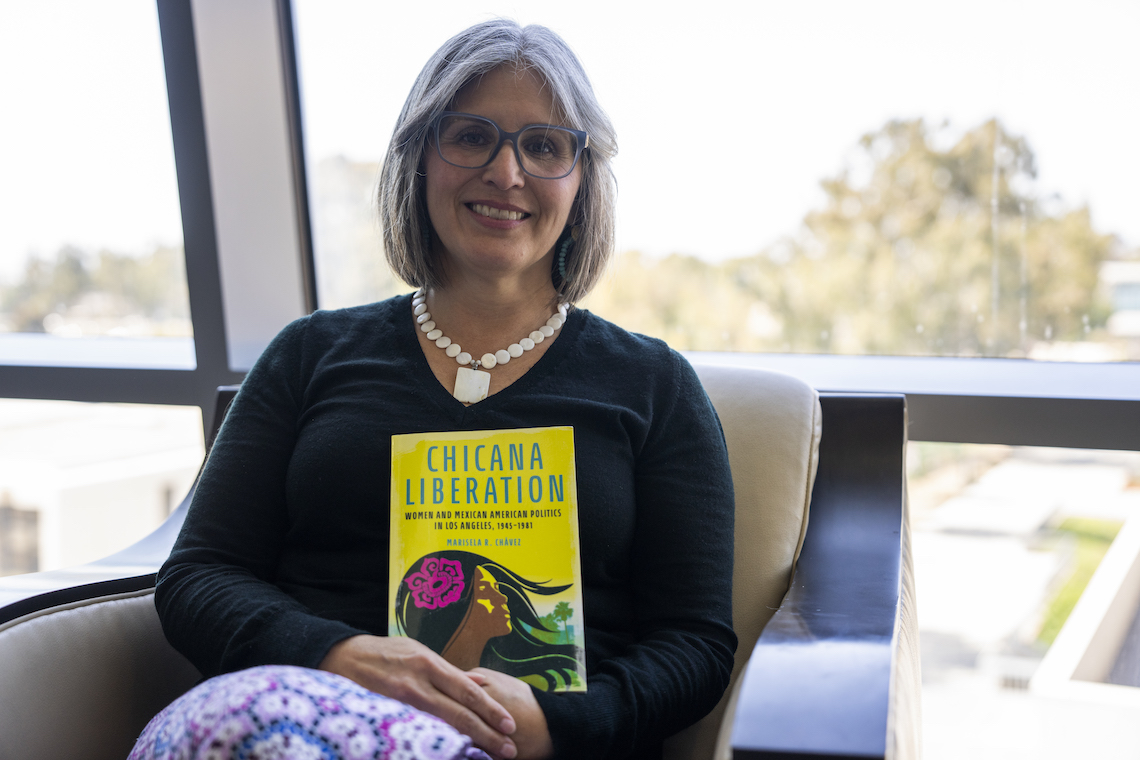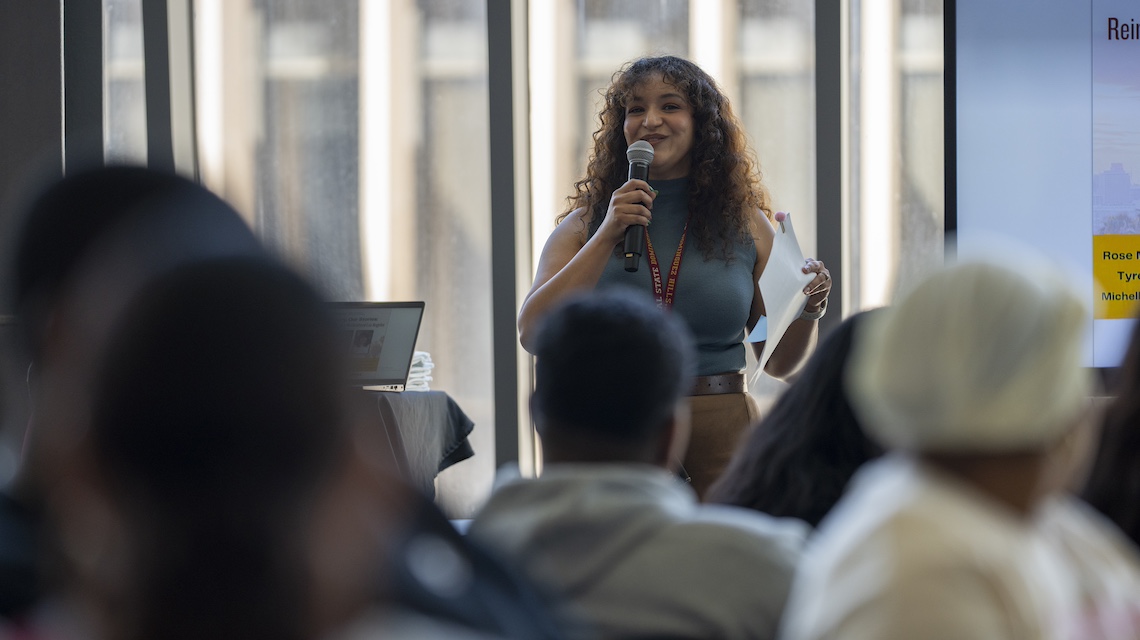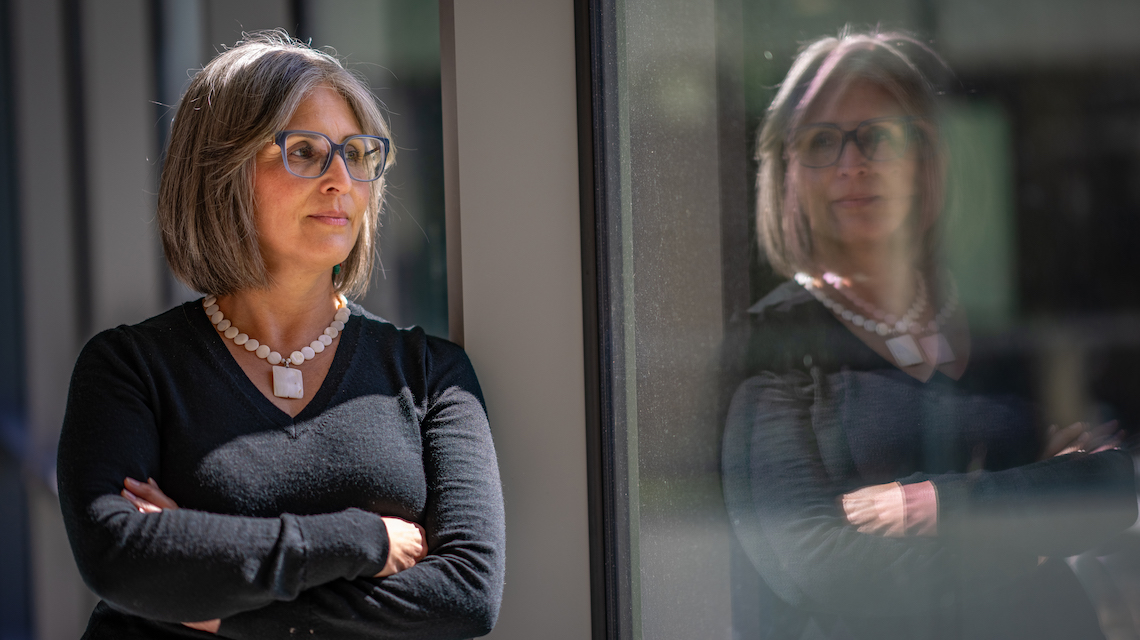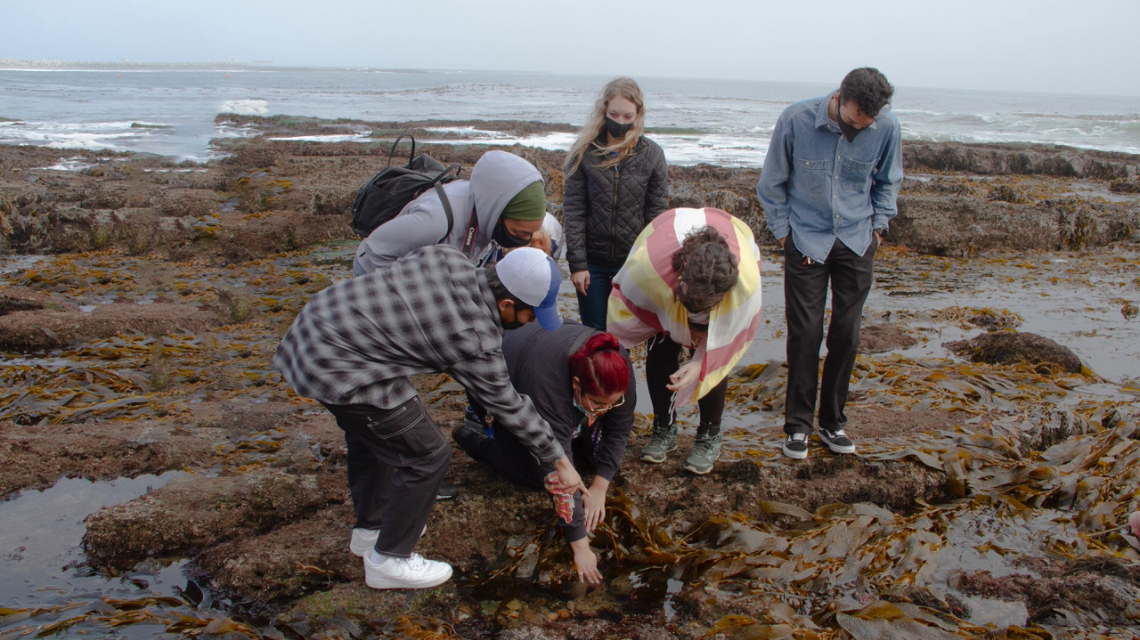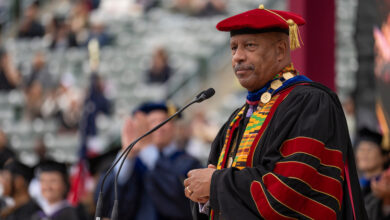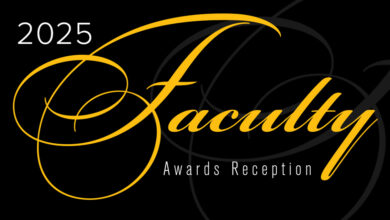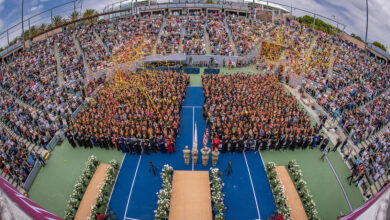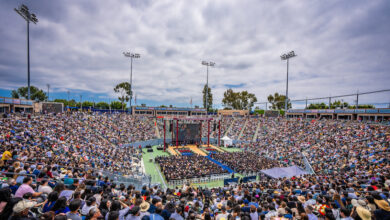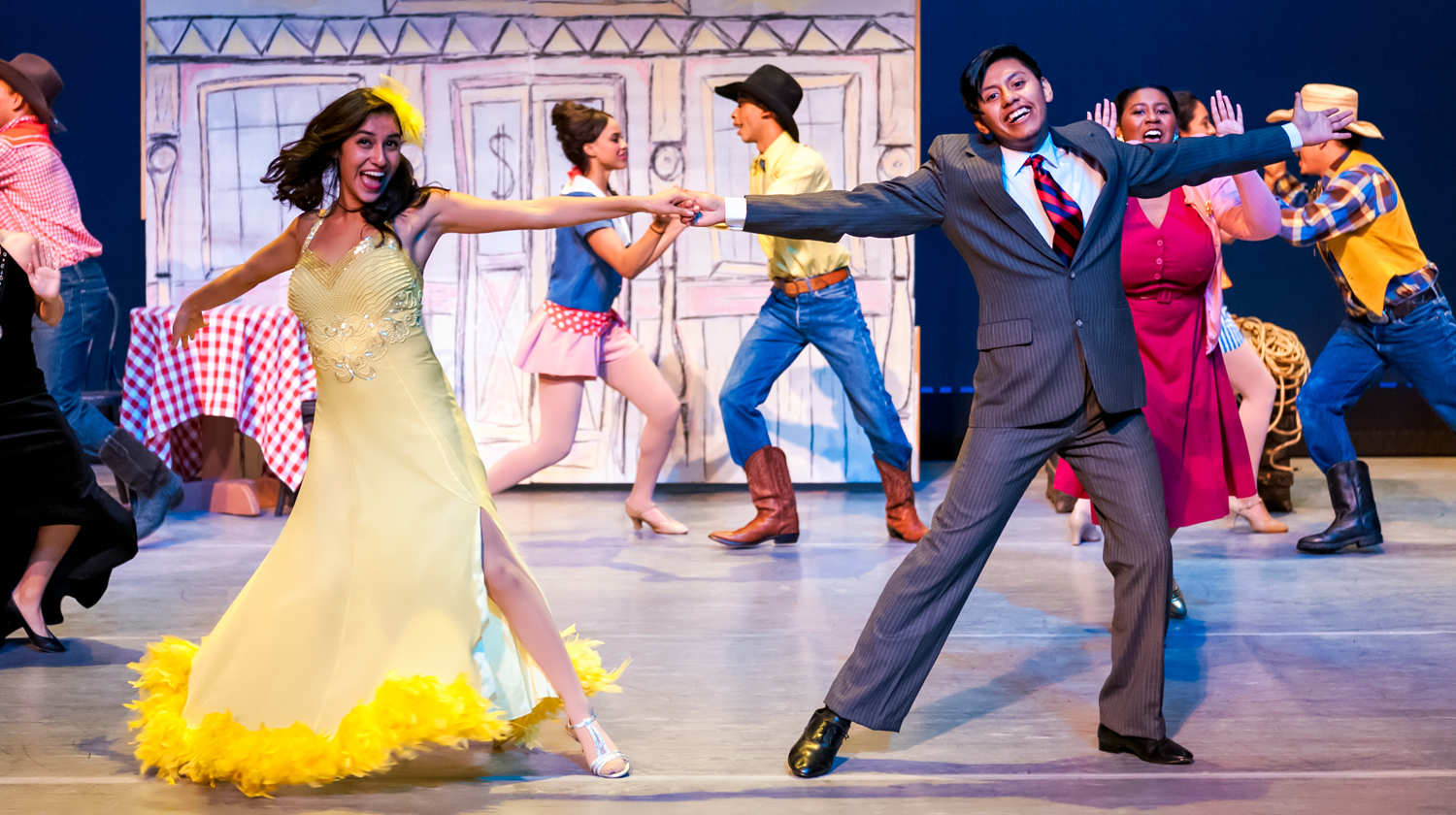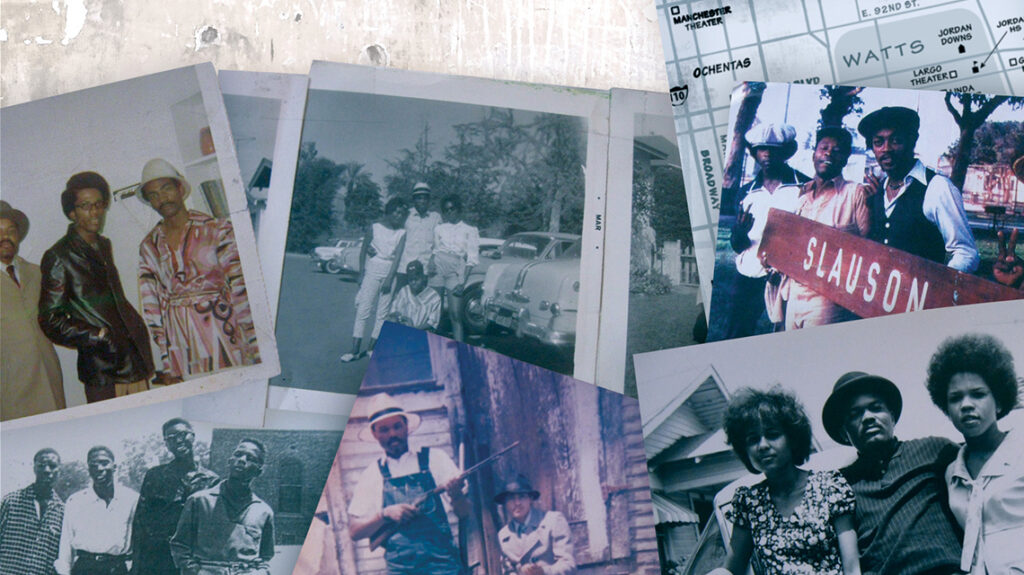
More than 30 years ago, CSUDH Professor Emeritus of Sociology John C. Quicker and alumnus Akil S. Batani-Khalfani began a sociological and historical deep dive into the origins of street groups in South Los Angeles. Their years of research, which began during their time together at CSUDH, have turned into a new book: Before Crips: Fussin’, Cussin’, and Discussin’ Among South Los Angeles Juvenile Gangs (Temple University Press, July 2022).
In 1970, when Quicker began teaching sociology at what was then known as California State College Dominguez Hills, the campus and surrounding community were in the throes of change. It was five years after the 1965 Watts Rebellion, and only two years after the campus had moved from Palos Verdes to the new city of Carson, incorporated in 1968. Then-governor of California Pat Brown had deliberately chosen the campus’ location in the aftermath of the Rebellion in order to provide an accessible college education to the underserved, mostly minority local population.
Quicker soon realized that many of his students had invaluable firsthand insights into the economic, political, and social factors specific to street life in South Los Angeles.
“Many of my students were older than me and fresh off of the Watts Rebellion,” Quicker says. “Our university was just south of where all this happened. I started learning about these local street groups, and knew that there was no existing research done on them.”
Quicker used South Los Angeles as a subject in his sociology classes, with students contributing observations of their lived experiences. He developed a close rapport with one student, Batani-Khalfani. Better known as “Bird,” Batani-Khalfani (’85, Spanish; minor, Mexican-American Studies) had been a member of the Slausons–a street organization formed in the late 1940s that grew to prominence in the 1950s and 1960s.
“I knew he knew a lot,” Quicker says. “Bird introduced me to people, and was willing to invite me into the community.”
Bird began collaborating with Quicker on research, and the pair conducted interviews and data collection in South Los Angeles between the late 1980s and early 1990s.
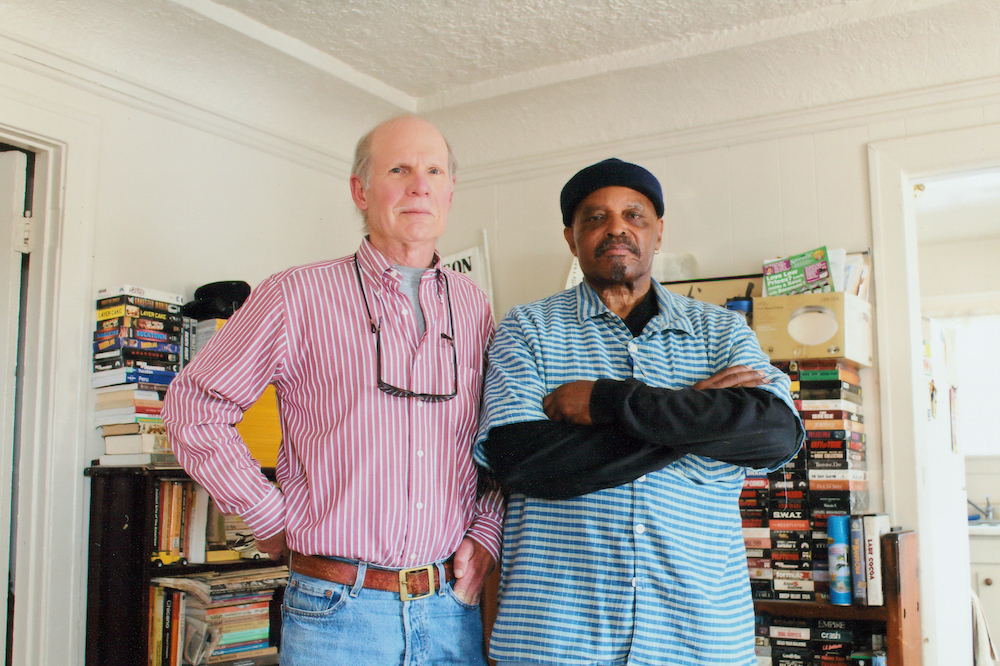
“I took Quicker all through our neighborhood, and where I’m from, everyone’s always checking you out,” Bird says, adding that they got some raised eyebrows from time to time. “When people see a Black guy and White guy running around together, they think something’s going on.”
However, people were willing to talk to them because they “knew and trusted Bird not to bring any ‘poot butt’ into the community,” Quicker says. “South Los Angeles had been mostly ignored by almost all of the existing literature on gangs, so we had a vast urban laboratory waiting for us.”
Their research focused on street groups of non-White adolescents formed before 1970, with Bird and Quicker providing theoretical analysis and context alongside their collected oral histories. CSUDH students also contributed research, analyzing newspapers from the 1930s through the 1960s. One of their findings was that the term “gang” was imposed on groups, and not a term they chose to describe themselves.
“Without exception, the people we spoke with did not self-identify as gangs,” Quicker says. “They became ‘gangs’ because of external naming by law enforcement or by others in positions of power, giving the concept a racial connotation. The term ‘gang’ is subjective.”
The pair continued their project throughout the 1990s and 2000s, but often had to put the work on hold due to other obligations. When Quicker retired from teaching in 2012, he says, it was to devote more time to research and writing.
The result is a book which, in many ways, is the first of its kind. Before Crips focuses on an area and time previously unexamined within scholarly gang research, and utilizes the personal interviews Bird and Quicker conducted to bring context to life.
“[Readers] will get the actual and factual, as opposed to hearsay,” Bird says. “That’s what the difference of this book is. There’s no fantasy–we spoke to real, live-talking individuals.”
Quicker hopes that the book will dispel myths and misconceptions about gangs–including the term “gang” itself–and allow readers a glimpse into the complexities of life in South Los Angeles.
“I took the same kind of hope to this book that I used to take into my classes: I hope it opens eyes,” Quicker says. “I hope readers can grow in their learning, and learn what is, what was, and why.”

